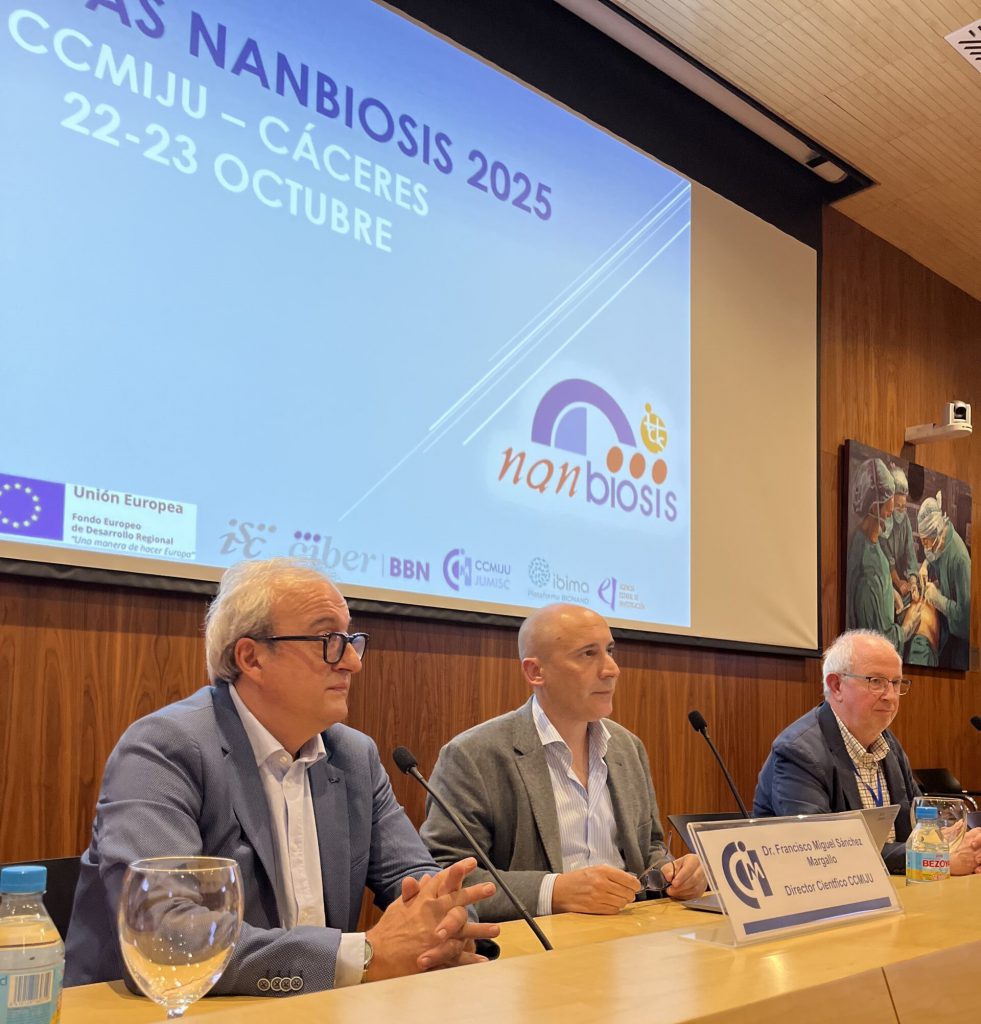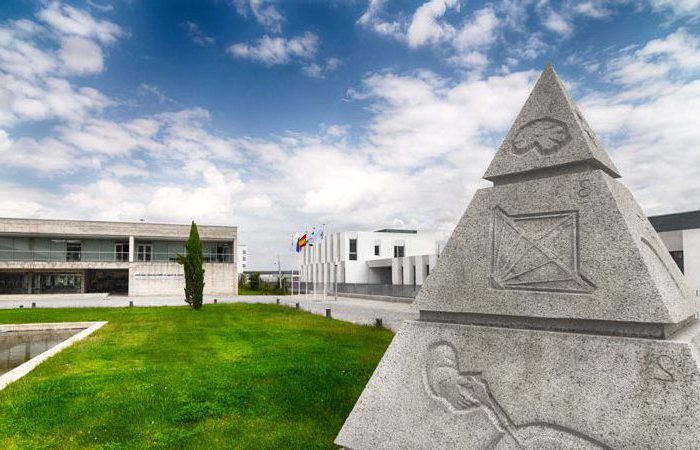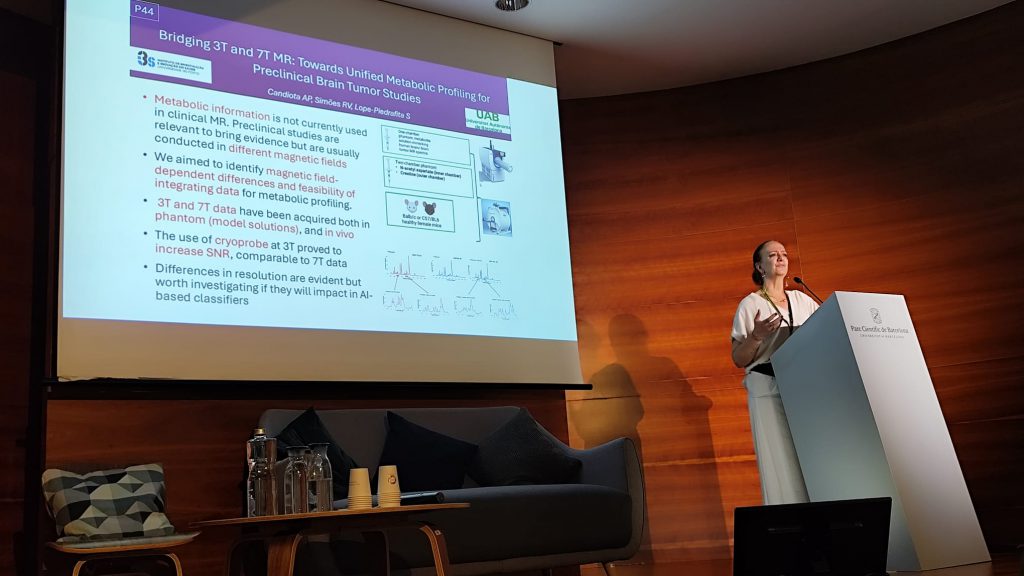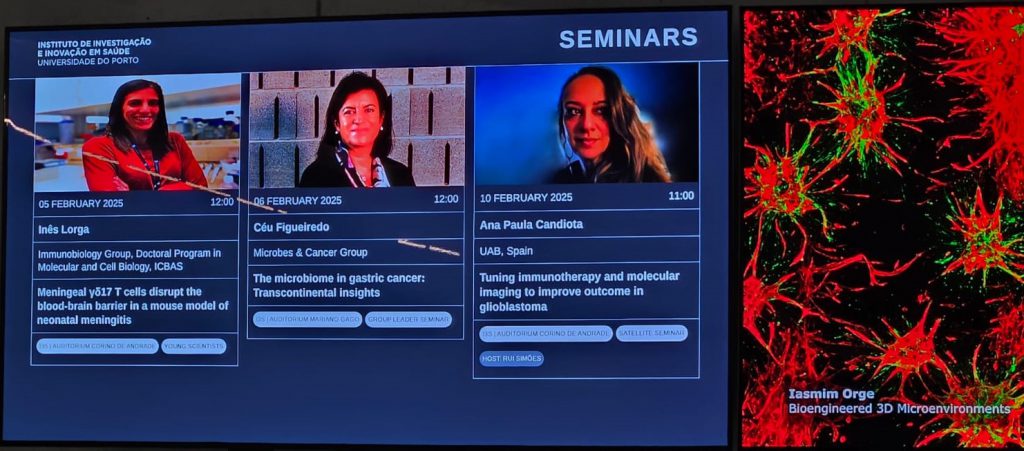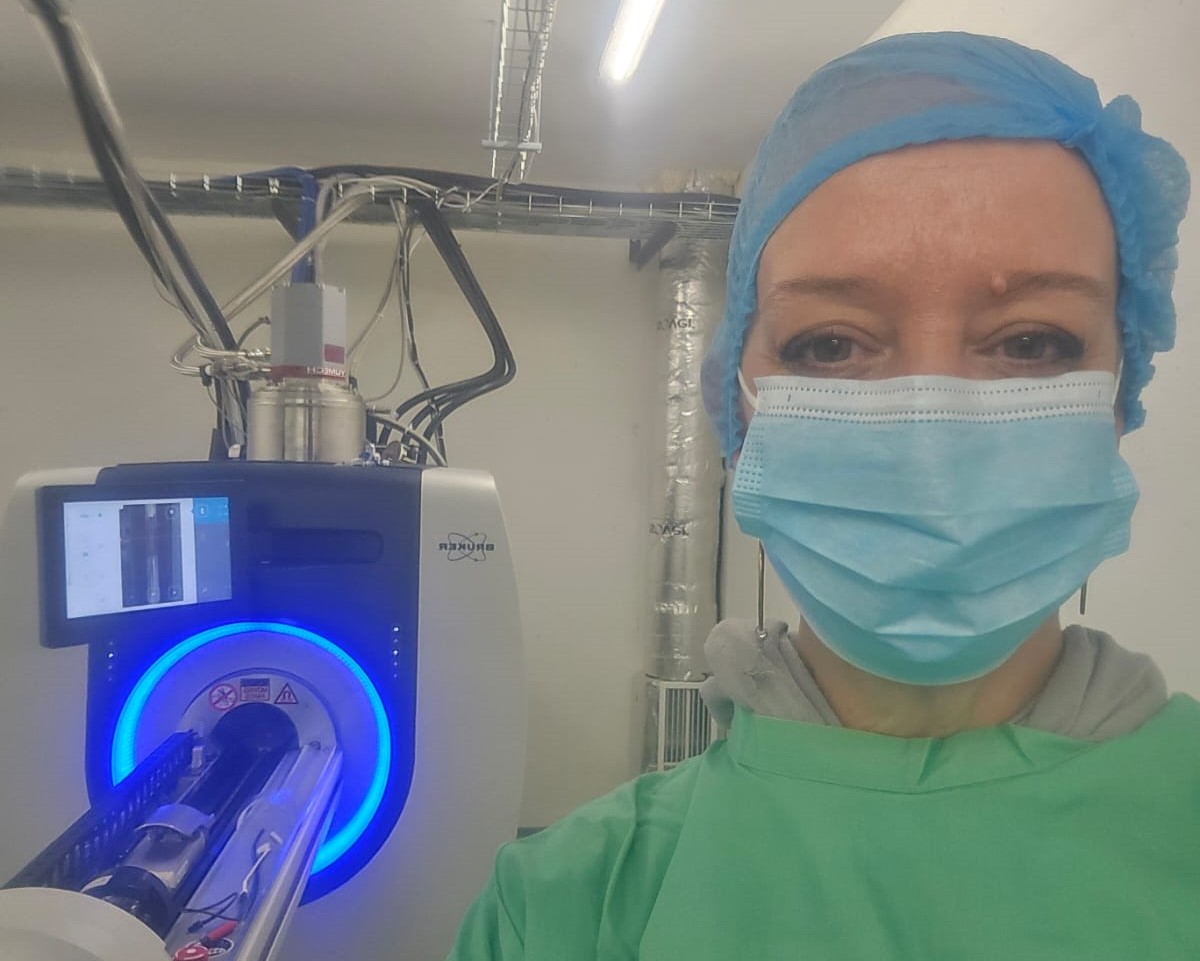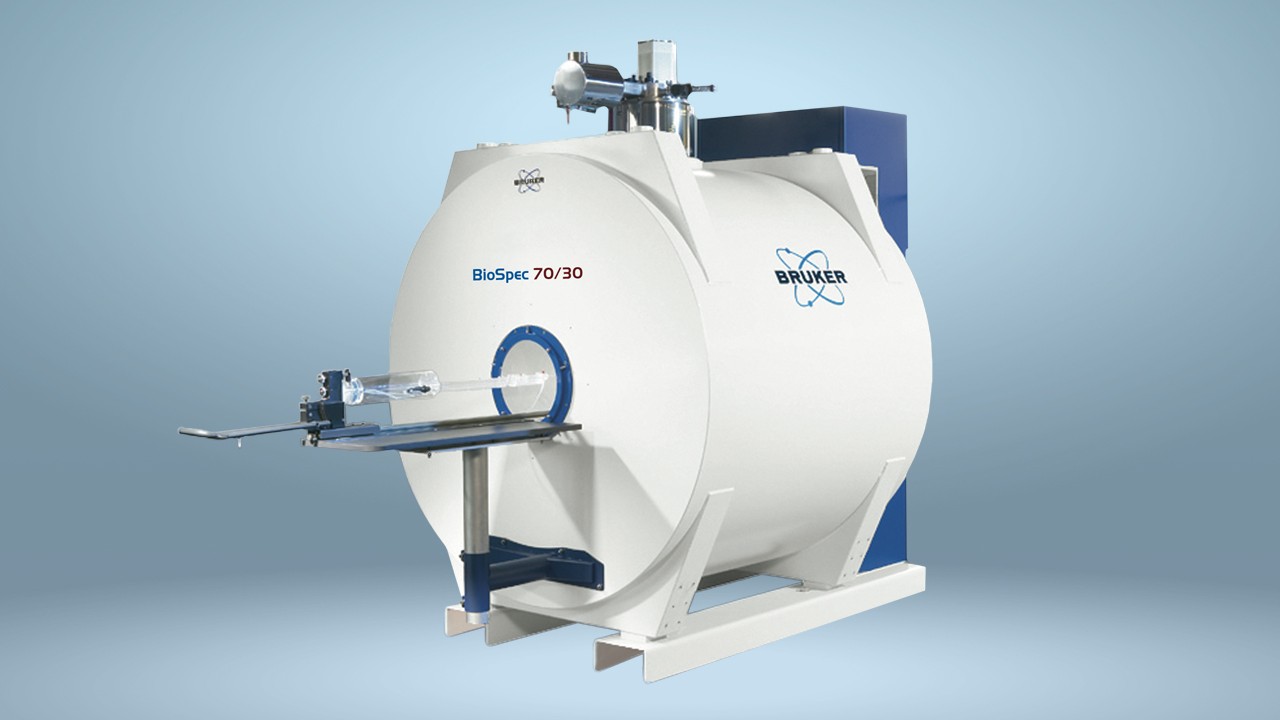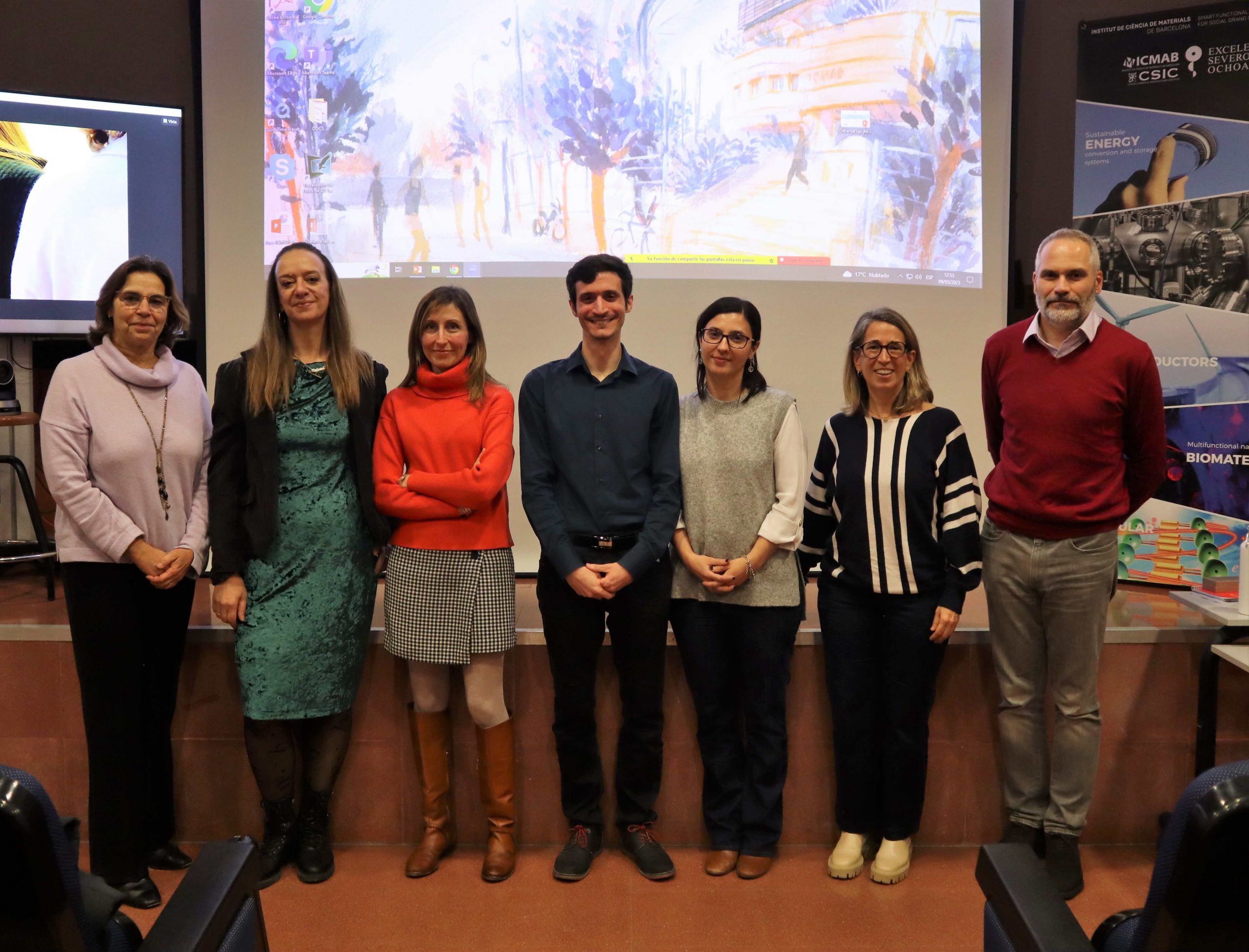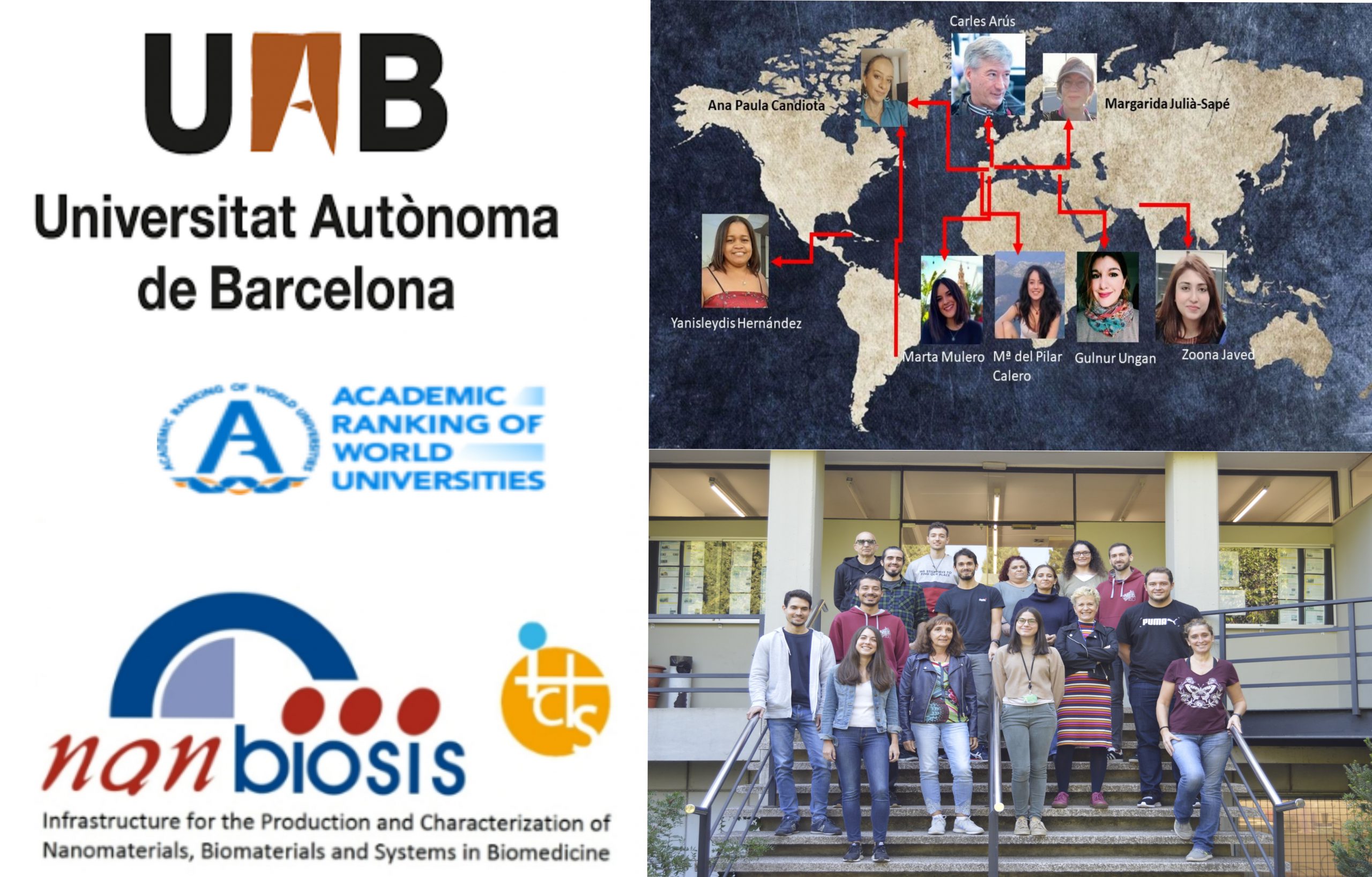NANBIOSIS U25 Showcases Innovative MRI Research at the 41st ESMRMB Annual Scientific Meeting in Marseille
NANBIOSIS U25 presented innovative MRI research on CAM cancer models at the ESMRMB 2025 meeting in Marseille, highlighting advances in preclinical imaging.
Marseille, October 2025 — Unit 25 of NANBIOSIS – the Biomedical Applications of Nuclear Magnetic Resonance platform at the Universitat Autònoma de Barcelona (UAB) – participated in the 41st Annual Scientific Meeting of the European Society for Magnetic Resonance in Biology and Medicine (ESMRMB), held in Marseille from 9–11 October. The event gathered leading experts in magnetic resonance imaging (MRI), spectroscopy, and biomedical imaging to discuss advances shaping the future of the field.
Unit 25 presented new research on longitudinal MRI in emerging preclinical cancer models, reinforcing its longstanding expertise in advanced NMR-based biomedical applications.
Presentation of Cutting-Edge Research on Novel Preclinical Models
The work, presented on site by Dr. Ana Paula Candiota, Scientific Director of Unit 25, was carried out in collaboration with Dr. Silvia Lope-Piedrafita, Scientific Coordinator of the Unit, and the Josep Carreras Leukemia Research Institute.
The study, accepted as a late abstract, is entitled: “Longitudinal MRI for tumor evaluation in two immunocompetent chicken chorioallantoic membrane (CAM) cancer xenograft models: A Registered Report.”
The research highlights the potential of the CAM model as a novel immunocompetent platform for cancer studies. Despite inherent challenges—such as model size and magnetic susceptibility effects—the preliminary MRI results show strong promise. The study demonstrates that longitudinal MR approaches can effectively monitor tumour progression in CAM xenografts, opening the door to alternative, cost-effective, and ethically favourable preclinical cancer models.
About NANBIOSIS Unit 25: Biomedical Applications of Nuclear Magnetic Resonance
Unit 25 is inegrated within the Servei de Ressonància Magnètica Nuclear (SeRMN), which provides Nuclear Magnetic Resonance instrumentation and technical support. The Unit, lead by Dr. Ana Paula Candiota, has a recognized record of excellence in applying NMR to biomedical research. This service provides access to state-of-the-art equipment and capabilities, such as 10 spectrometers operating between 5.8 and 14.1 Tesla, including a 7T Bruker BioSpec MRI scanner dedicated to preclinical research.
A unique integrated environment
Unit 25 offers unparalleled access to in vivo, ex vivo, and in vitro NMR systems in a single location, along with molecular imaging tools using polarization.
This configuration enables the validation of in vivo molecular imaging results through complementary in vitro analyses, significantly strengthening translational research outcomes.
Strengthening NANBIOSIS Visibility in the European MRI Community
The presence of Unit 25 at ESMRMB 2025 underscores NANBIOSIS’ commitment to supporting cutting-edge biomedical imaging research and fostering high-impact collaborations internationally. The presentation in Marseille further consolidated the Unit’s visibility within the European MRI community and highlighted the relevance of novel preclinical models in advancing cancer research.
What is NANBIOSIS?
The goal of NANBIOSIS is to provide comprehensive and integrated advanced solutions for companies and research institutions in biomedical applications. All of this is done through a single-entry point, involving the design and production of biomaterials, nanomaterials, and their nanoconjugates. This includes their characterization from physical-chemical, functional, toxicological, and biological perspectives (preclinical validation).
In order to access our Cutting-Edge Biomedical Solutions with priority access, enter our Competitive Call here.
NANBIOSIS has worked with pharmaceutical companies of all sizes in the areas of drug delivery, biomaterials and regenerative medicine. Here are a few of them:












